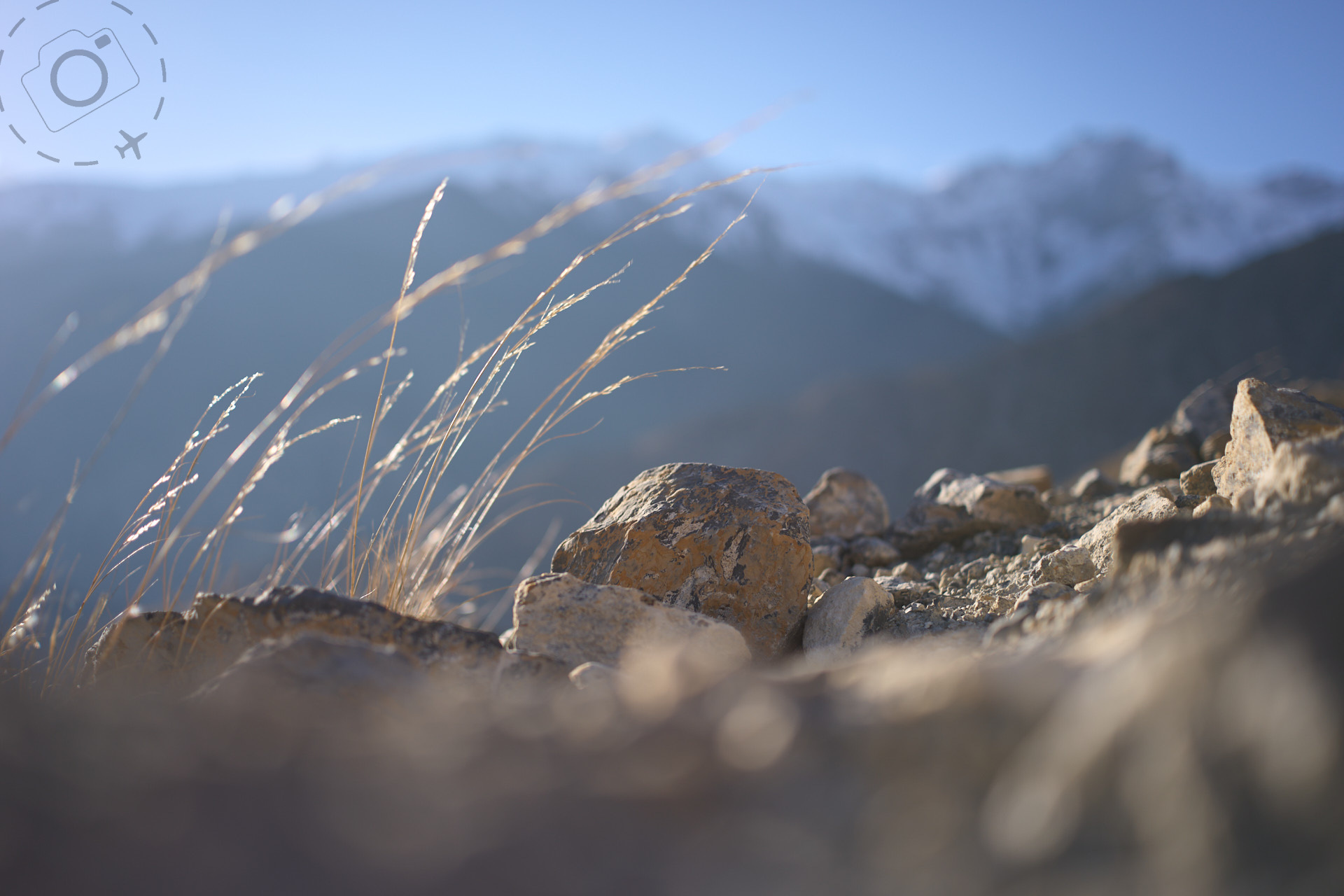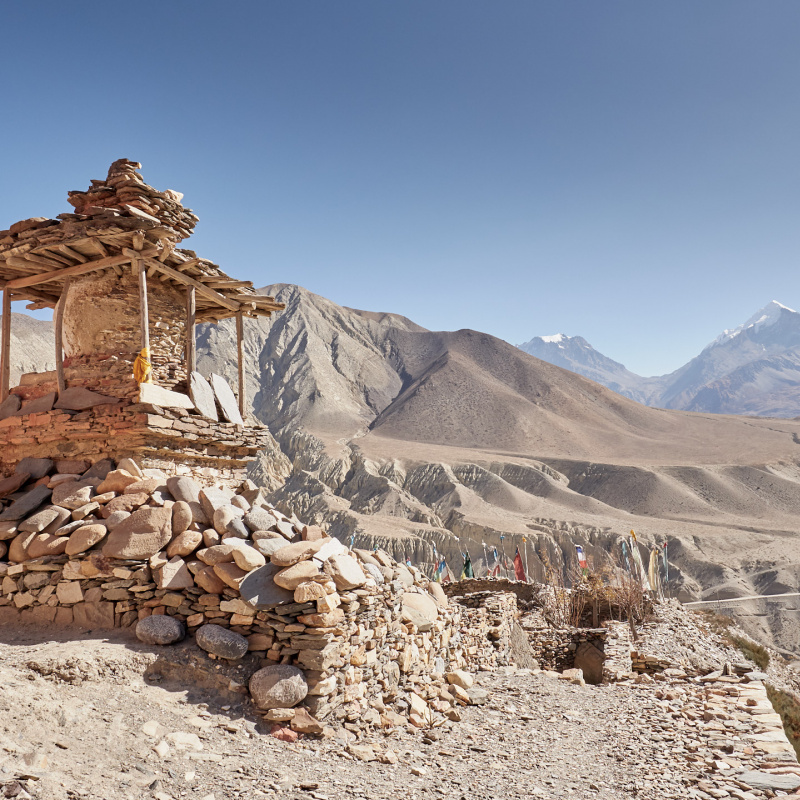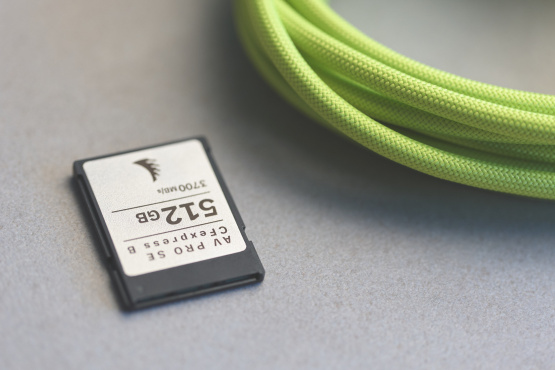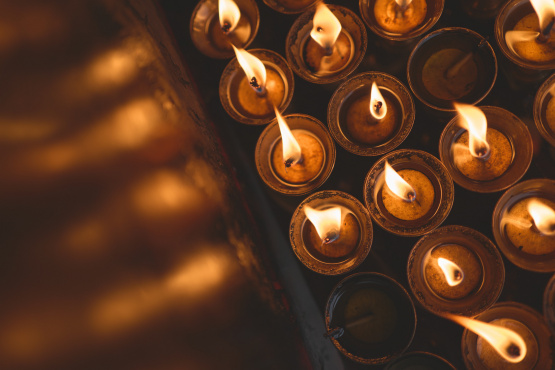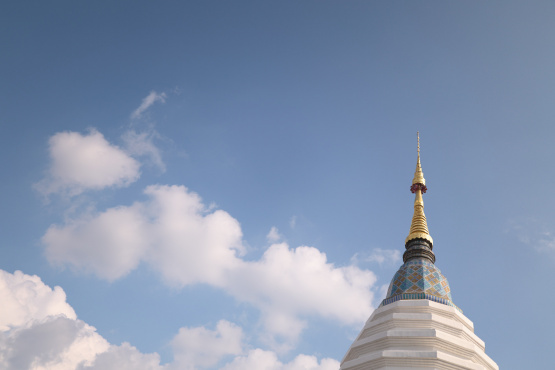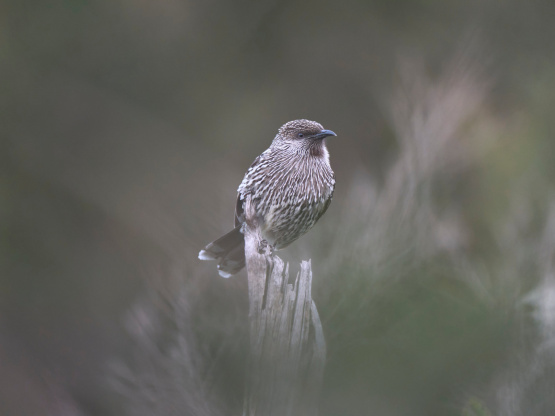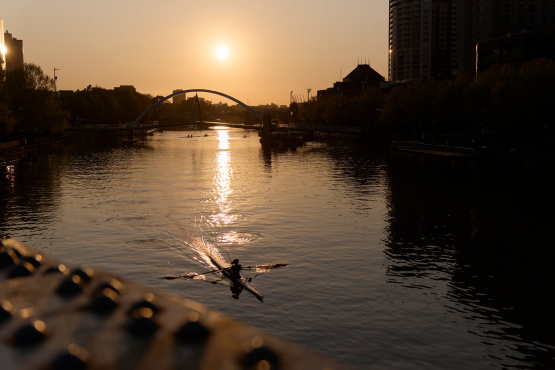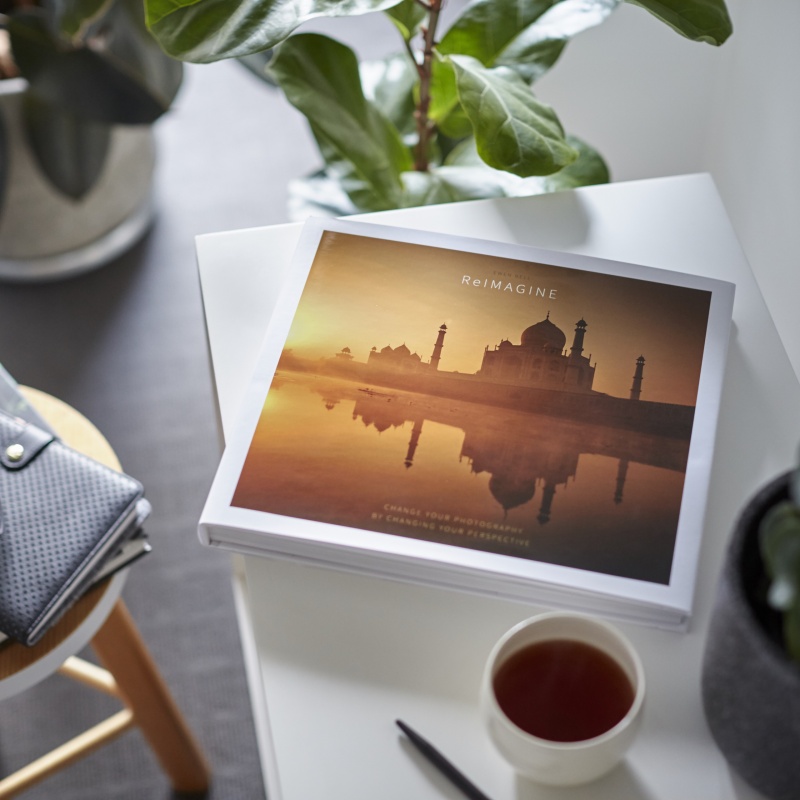In the lower reaches of Nepal's Mustang region there's a small hill that overlooks the town of Syang to one side, and the apple orchards of Marpha to the other. We're standing on the highest ridge, watching the sun about to disappear behind the glaciers atop Dhaulagiri. Behind us, the opposing peaks of Nilgiri catch the last rays of the sun. We're photographing a handful of chorten, some of which have been here for over 400 years.
We are in no rush for the light to leave us.
As we explore the carvings, stones and offerings at this sacred site we contemplate new ways to photograph each moment. Sometimes we focus on the detail, like Tibetan carvings placed around the chorten. Sometimes we step back and embrace the bigger picture, with snow capped peaks rising above this ancient scene. We take our time. With each click of the shutter we see possibilities for the next composition. We see things we did not see the first time.

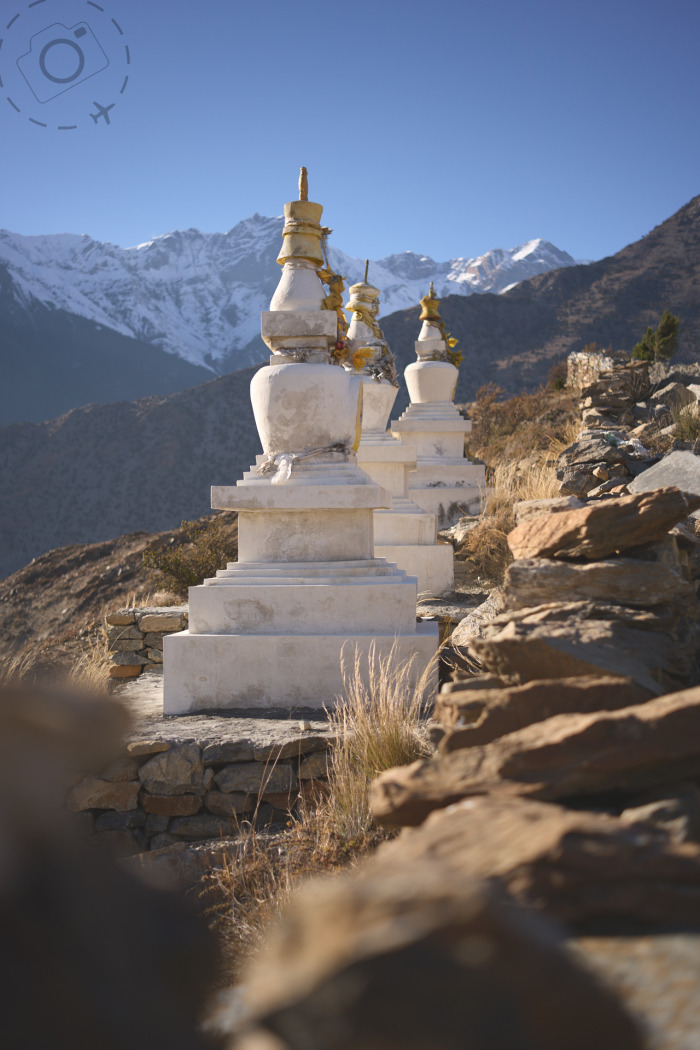

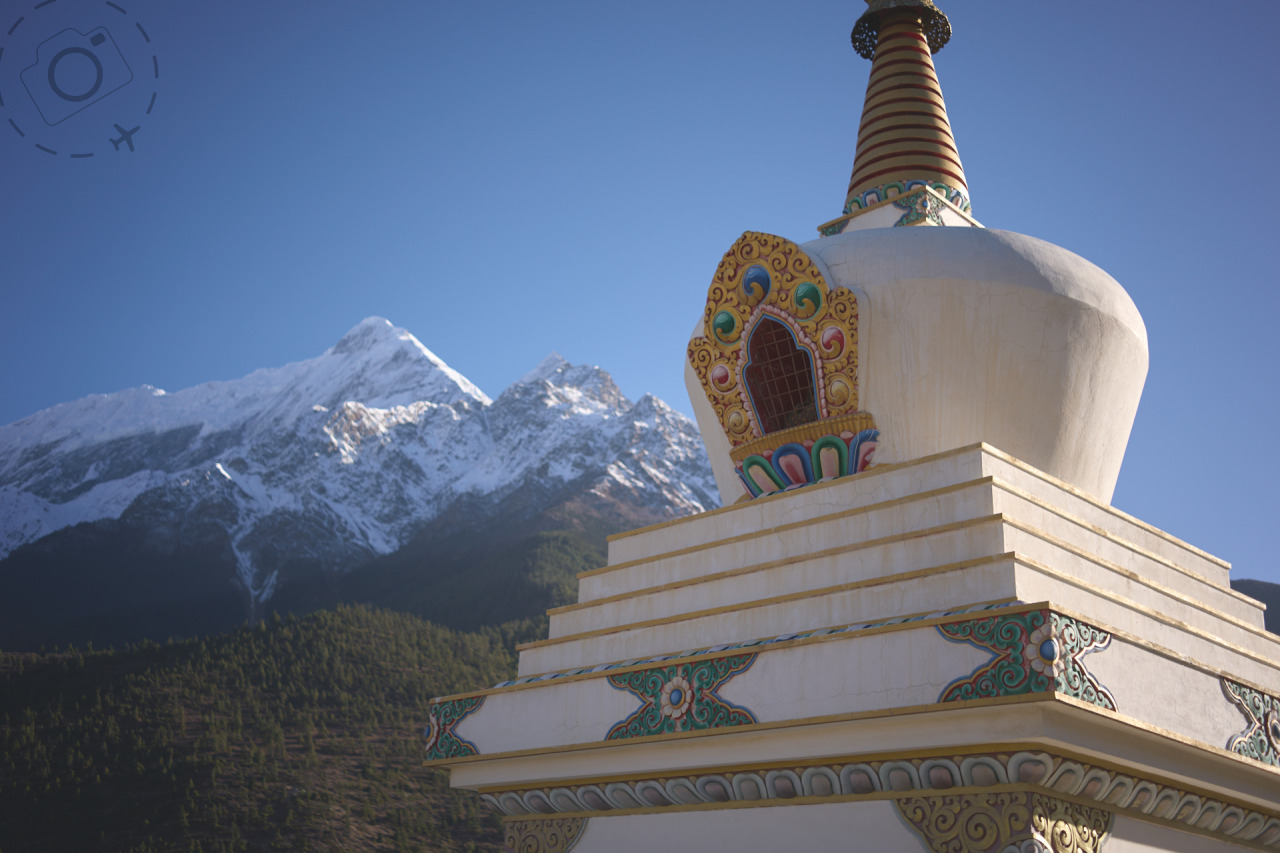

My mantra for chasing photography over the past 25 years has been "Go Slow. Get Closer. Look for the Light." But everything begins with "Go Slow". It's a powerful foundation that has always rewarded my spirit and art.
In Nepal the local phrase for "slowly slowly" is "bistari bistari". We use it a lot here. Sometimes to express that moment when we realise our travel plans are derailed and we'll have to be patient for bit. Or to explain to our driver that we're going to be waiting a while as half a dozen of us take photos along the banks of a river. Or when breathing in the last light of the day an the edge of the Mustang. Bistari Bistari... That feeling of wanting this moment to last a little longer.
"Go Slow" is the foundation of my entire career, and also the foundation for twenty years of running photo tours. I plan my itineraries to go slow and avoid being rushed from place to place. We have time to immerse and connect with nature and the locals. I slow down my travels to take the mountain road instead of the airplane where possible, so we get to see the terrain up close and watch the changes with each mile. Slower still to get out of the jeeps and walk a stretch of the road on foot, listening to the bird calls and the sound of wind in the trees. Even walking can be too fast, so one morning when photographing Bhaktapur's Durbar Square we sat down on ancient stones and just watched the residents hustle from one temple to another in the morning light.
I don't just want to go slow. I want to go slower. At every level of a journey, if there's a chance to do less, but do it better, then I'm all for it.
When we slow down we see so much more. We understand so much more. We connect not only with the places and people around us, but with ourselves. We have room inside our heads to continue the process of learning, and creating. We find time to appreciate the art of photography and feel the joy of it. "Go Slow" gives us time to find our own path with the camera. Not to follow others, but to lead ourselves.
Not everyone who carries a camera wants to be a photographer of course. Some folks just want to take photos. We are all on our own journey. For those who do want to learn more, to find new ways to use the camera and new ways to see the light, then "Go Slow" is a gift. It opens the door to experiencing photography on a deeper level. When you spend twice the time, you find double the joy.
On a personal level photography has been my gateway to connecting to the world and all the treasures it contains. It gets me out and about, and lets me experience things that I would not have otherwise comprehended. "Go slow" is not just about the photography, but the experience itself. Being there is just as important as taking the photo. Indeed, we often confuse the order of things, and forget that having the experience first is precisely what leads to the photograph next – Those who rush to capture the moment are often failing to even have the moment.
Photography for me is both an inspiration to get out into the world, but also a consequence of having done so. Without doubt my best photography happens when I am taking it slow. When I embrace my limitations, and make the most of what is right in front me. I try to avoid chasing after the photo, and instead let them come to me. It helps to be in the right place at the right time, but what defines "the right time" often comes down to your appreciation of time itself. Do we see time as a finite resource that can never be regained once lost? Or do we see time as a guiding hand that leads us to richer and more meaningful experiences?
The online world is full of pressures that make us feel that time is running out. Makes us feel that we must act now. We have to hurry. We have to tick the box. We have to keep moving forward. But forward towards what exactly?
"Go Slow" is a wonderful foundation to bring peace to the mind, and consider what is really important. Does it matter if you come to Nepal and capture absolutely everything there is to see? Is that even possible really? Do you need to capture EVERY photo? Or maybe you will find more joy in taking it slow and capturing just a handful of your best photos.
Bistari Bistari.
– Ewen
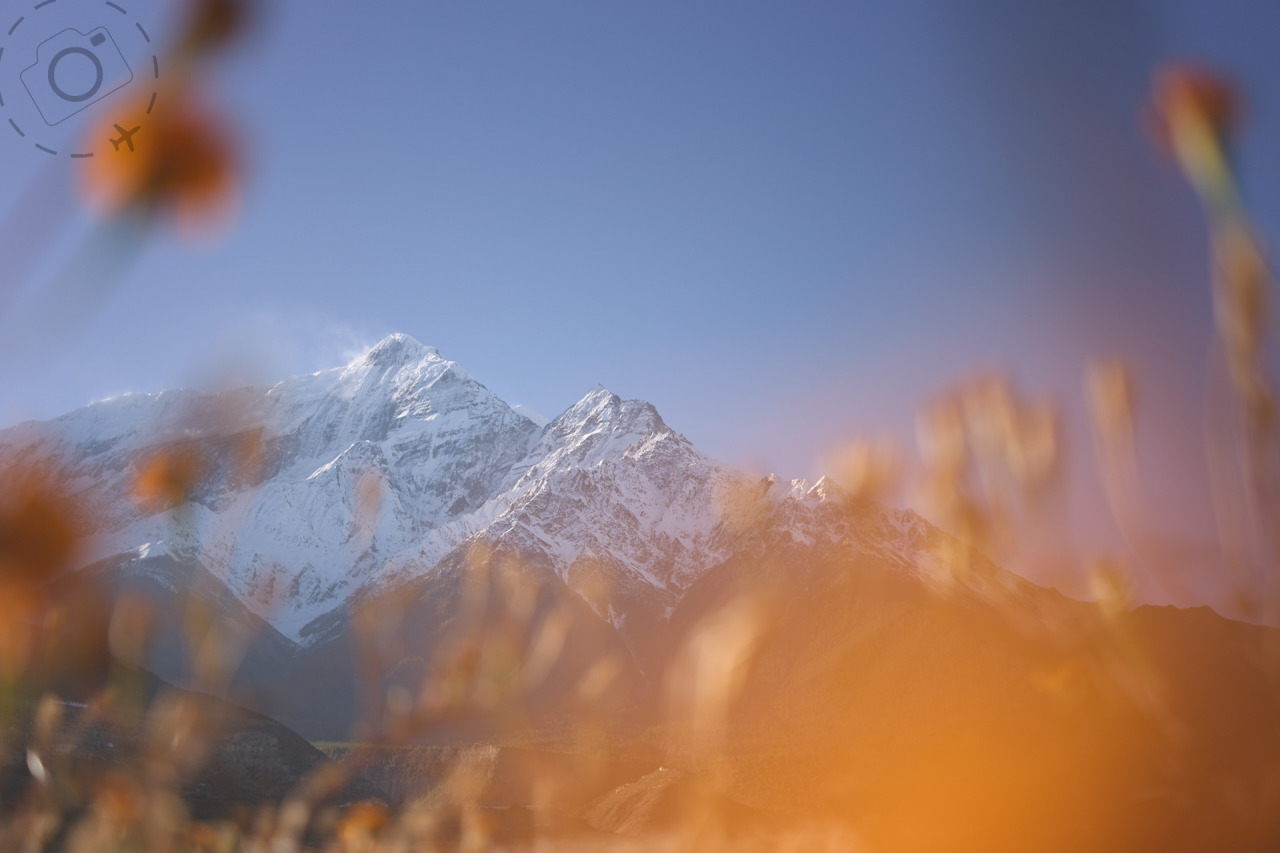
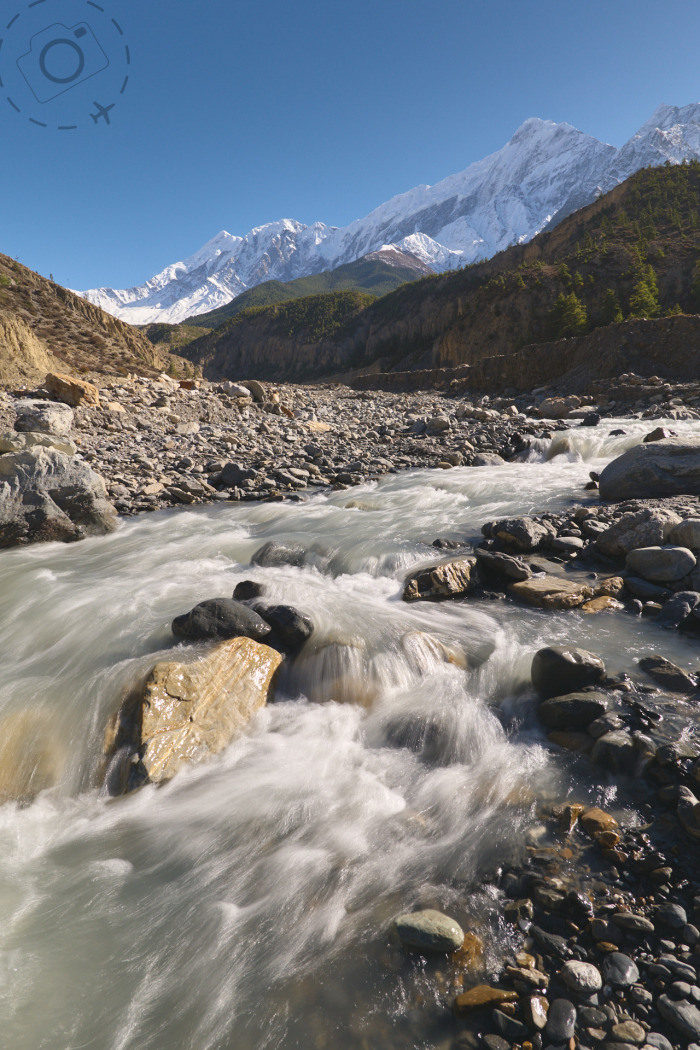
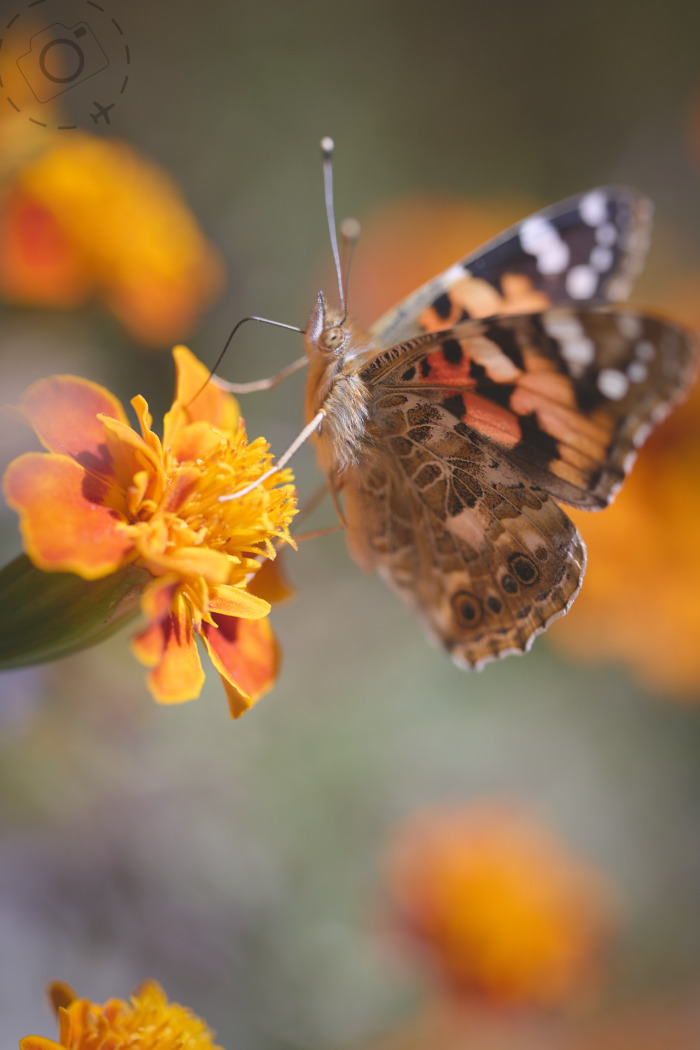

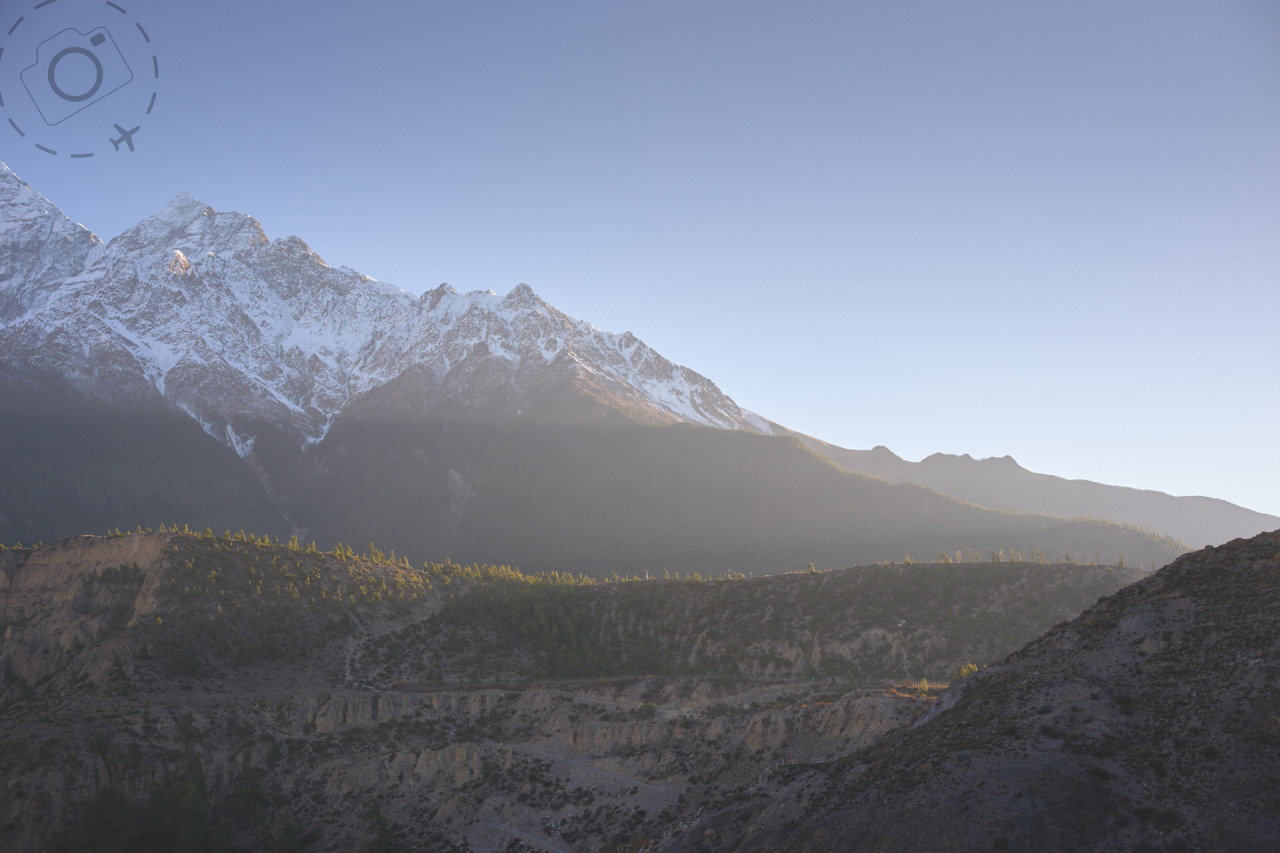
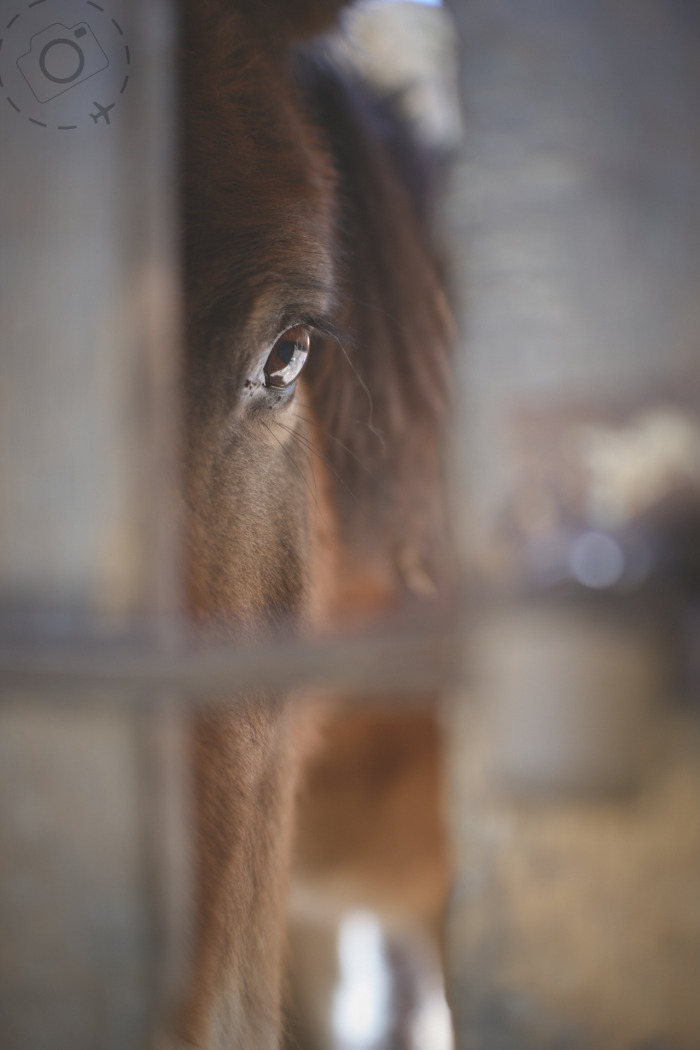
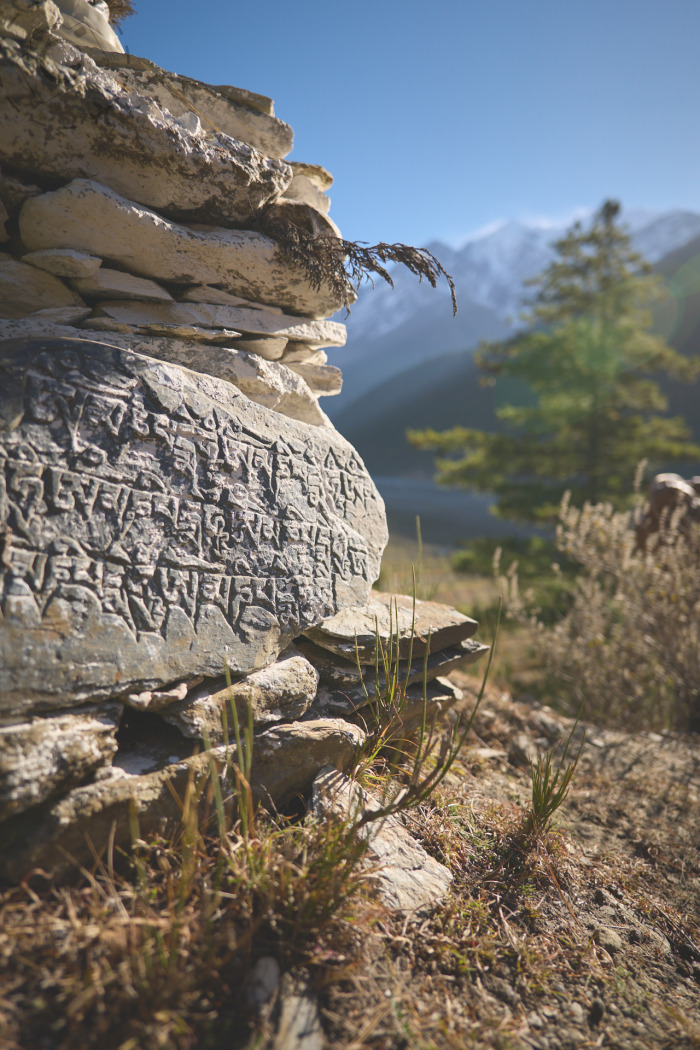
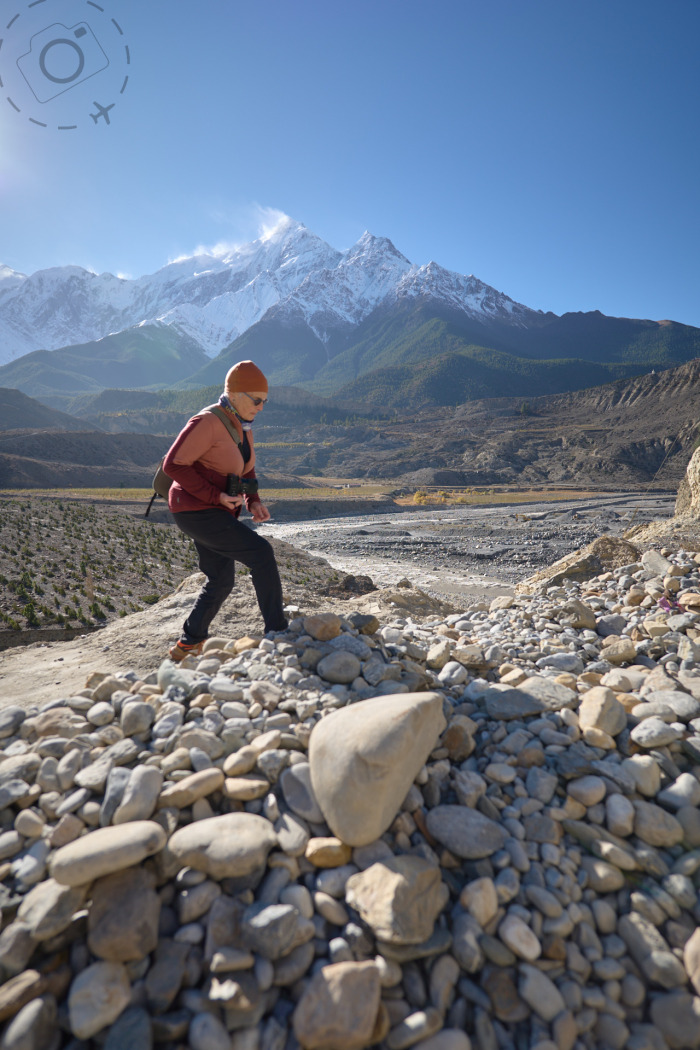




Keep Reading
Join Ewen's newsletter for monthly updates on new photography articles and tour offers...Subscribe Here

